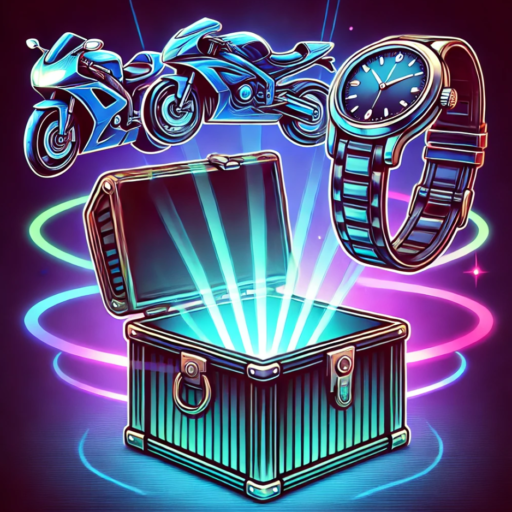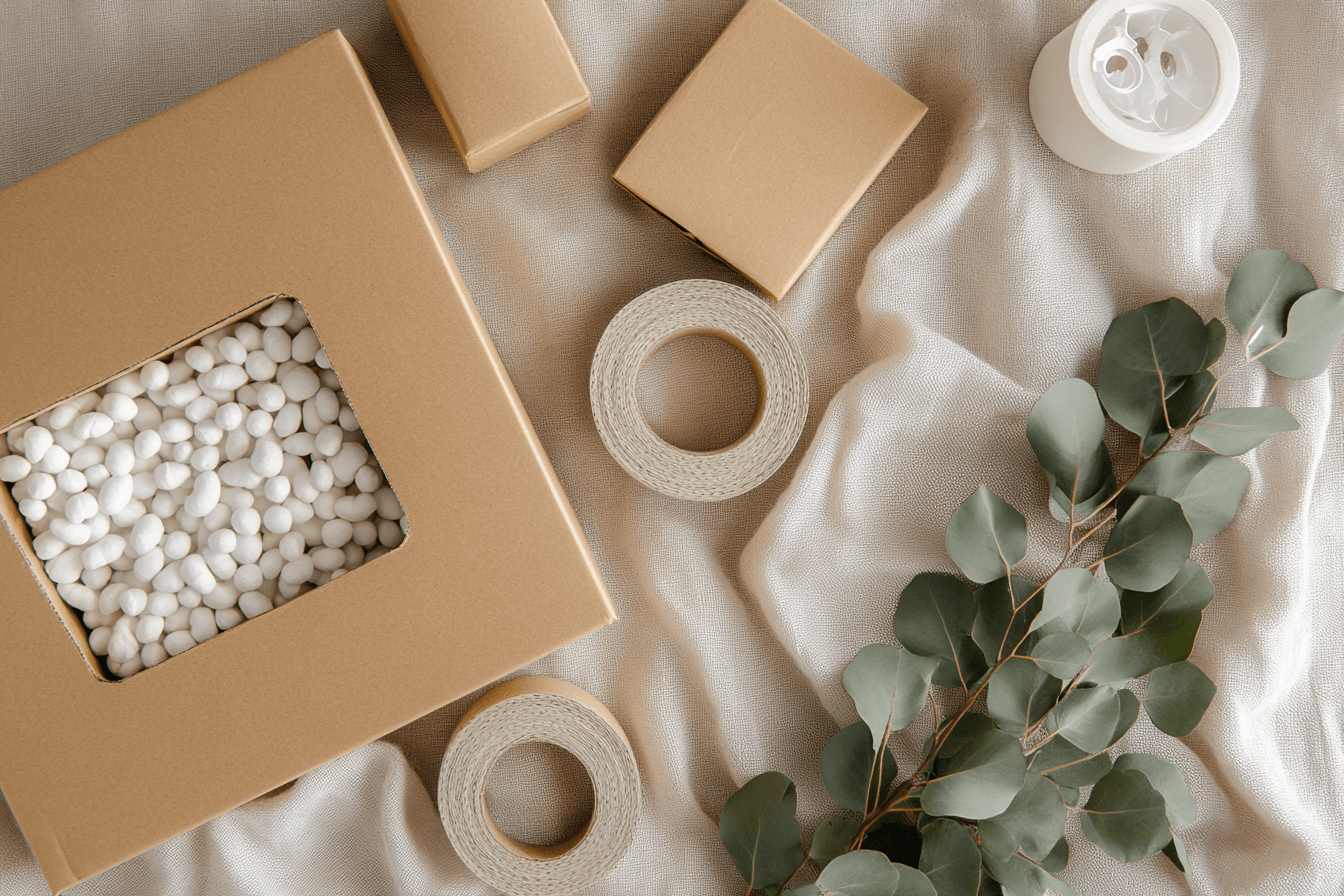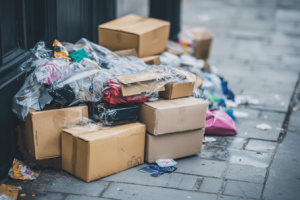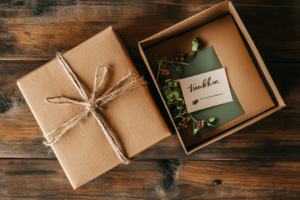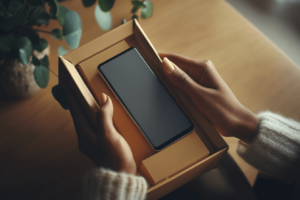The rise of the unboxing experience
Packaging has gone far beyond its original purpose. No longer just a protective shell for the product inside, it has become an integral part of the customer experience. As online shopping continues to dominate, brands are increasingly focusing on the moment a package is opened often in front of a camera.
The unboxing moment has evolved into a key brand touchpoint. Consumers expect more than just a product; they want a full experience that starts the second they receive the box. For many, this experience influences how they perceive the brand and whether they’ll share their purchase on social media.
From function to emotion
Once upon a time, packaging simply had to be functional protect the product, stack well, and be easy to transport. Today, it has become a canvas for emotion and storytelling. Well-designed packaging tells a brand’s story, communicates its values, and can trigger an emotional connection with the consumer.
A handwritten note, a well-placed sticker, or a satisfying unwrapping sequence can turn a simple order into something memorable. Consumers want to feel special, and thoughtful packaging can deliver that feeling in an instant.
The social media impact
Social media has amplified the importance of unboxing like never before. Platforms like TikTok and Instagram are filled with millions of unboxing videos that attract views, comments, and shares. This trend has turned packaging into a form of content one that consumers willingly create and distribute for brands.
If the packaging looks cheap or boring, it won’t get the spotlight. But if it’s aesthetically pleasing or creatively done, it becomes part of the user’s lifestyle feed, acting as free and powerful advertising for the brand.

Emerging trends in packaging
Packaging is moving fast. As consumer expectations shift and technology continues to evolve, brands are exploring new approaches that are both innovative and responsible.
Sustainability first
Eco-conscious packaging is no longer optional it’s a necessity. Consumers, especially younger generations, are demanding sustainable alternatives to traditional packaging. This includes biodegradable materials, recyclable components, and reduced use of plastic.
Many brands are also experimenting with reusable packaging, encouraging customers to return containers or repurpose them at home. This not only reduces waste but also deepens the connection between brand and buyer by aligning with their values.
Smart and interactive packaging
Technology is making its way into packaging, transforming it from passive to interactive. QR codes, NFC chips, and augmented reality features are being used to create smart packaging that connects customers to additional content, tutorials, loyalty programs, or even immersive stories.
This added layer of engagement bridges the physical and digital experience, offering brands new opportunities to communicate and provide value after the sale is complete.
Minimalist and sensory design
Less is more especially when it comes to modern packaging design. Brands are embracing clean lines, neutral color palettes, and subtle textures to create a sense of sophistication. Minimalism doesn’t mean boring; it means intentional.
Texture also plays a major role in sensory appeal. Matte finishes, embossed elements, and tactile materials all enhance the physical interaction with the product and can elevate the perceived value without adding much cost.
The personalization revolution
Personalization has been trending in marketing for years, and it’s now becoming a key part of the packaging experience. Tailoring the unboxing experience to individual preferences helps brands stand out and build loyalty.
Tailored unboxing moments
Small details can go a long way. From packaging that includes the customer’s name to color schemes that match their profile, personalized packaging creates a stronger emotional bond. It feels curated, not mass-produced.
Brands are also playing with seasonal and limited-edition packaging, which creates a sense of exclusivity and excitement. When customers feel like they’re receiving something unique, they’re more likely to share it and come back for more.
Data-driven packaging decisions
Brands are increasingly using customer data to make informed packaging decisions. Purchase history, demographics, and preferences can all help tailor packaging strategies at scale. For example, packaging for Gen Z might focus more on eco-friendliness and social values, while luxury buyers might expect high-end finishes and classic design.
This approach ensures packaging is not just attractive, but relevant which increases engagement and customer satisfaction.
Packaging in the e-commerce era
As shopping shifts online, packaging has become the first physical touchpoint between the customer and the brand. That first impression matters, especially when it arrives at the doorstep.
Designed for delivery
E-commerce packaging needs to do more than just look good it has to survive shipping. This means brands are designing boxes that are both durable and compact, using smart engineering to reduce materials while keeping items safe.
There’s also a growing emphasis on easy-open designs and frustration-free packaging. No one wants to fight with tape and scissors to access their purchase. A smooth, seamless unboxing experience enhances satisfaction and encourages repeat purchases.
Efficiency meets experience
There’s a fine balance between creating a wow-worthy experience and being waste-conscious. Over-packaging can frustrate eco-conscious consumers, while underwhelming designs can miss an opportunity to connect emotionally.
Leading brands are finding ways to be efficient with space and materials while still offering a sense of discovery. Clever inserts, folding techniques, and dual-purpose packaging (like boxes that transform into storage or displays) all contribute to a memorable experience without unnecessary waste.
Where brands go from here
Packaging is no longer a background detail it’s front and center in the brand experience. Forward-thinking companies are using it as a strategic tool to build loyalty, tell stories, and drive engagement.
Turning unboxing into loyalty
A memorable unboxing moment doesn’t end when the product is revealed. It lingers in the customer’s mind, influencing their future choices and brand loyalty. Whether it’s through clever design, quality materials, or thoughtful personalization, good packaging creates a lasting impression.
In competitive markets, this emotional connection can be the deciding factor. A well-executed unboxing moment is a powerful reason for customers to return.
Packaging as a marketing tool
Every box shipped is a marketing opportunity. Whether it’s through branded tape, shareable inserts, or packaging that doubles as decor, companies can turn their packaging into a silent salesperson.
Encouraging customers to post their unboxing experiences, offering incentives for sharing, or including surprises inside the package are all ways to keep the brand conversation going after delivery.
